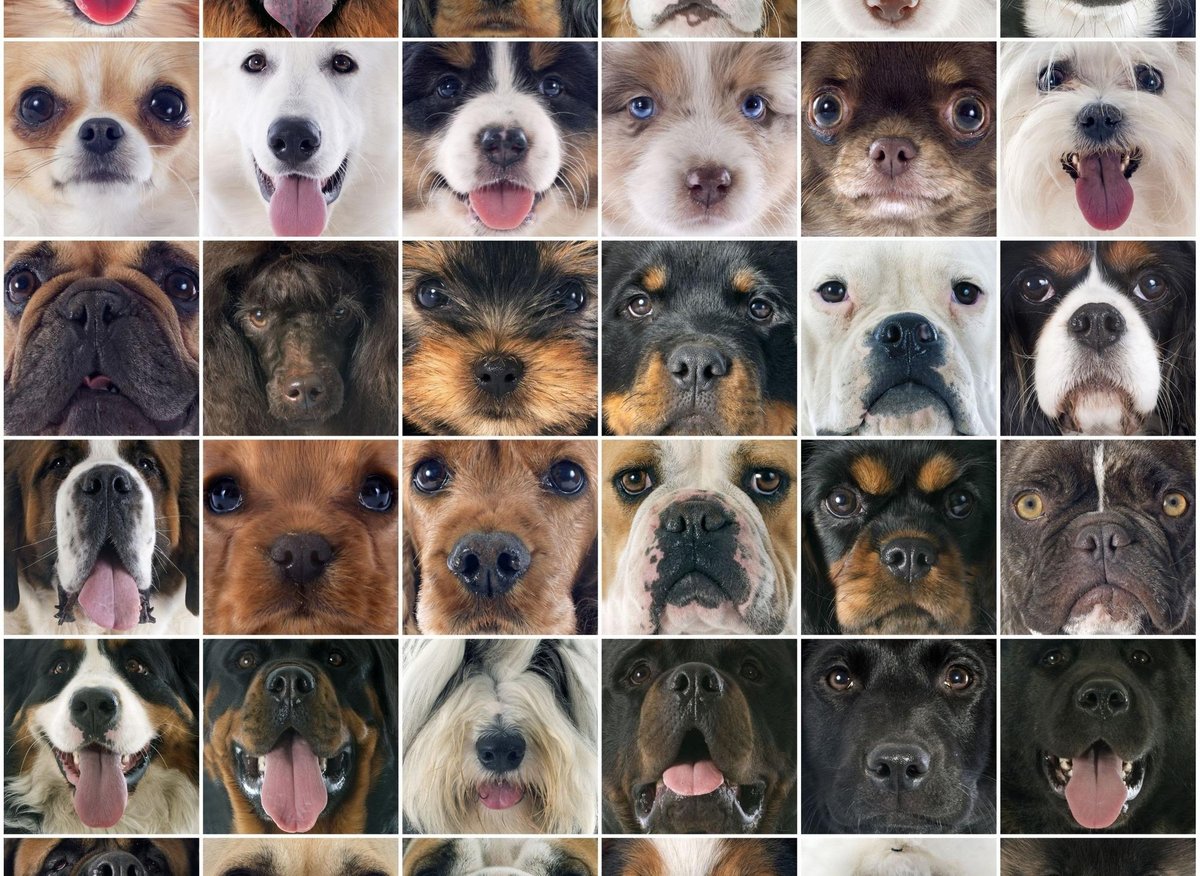
Paula Phillips gives Rosie, a goldendoodle, a haircut recently at Shamrock Dog Grooming on Lyman Street in Pittsfield. “Most dogs in general love to be groomed,” she said. “They like to be pampered.”
PITTSFIELD – Tall and bushy, short or shaggy. Dogs come in all shapes and hairstyles, so learning to groom the different breeds of this highly varied species takes not only talent but also skill.
Paula Phillips knows how this blend of talent and skill goes together as she has been a dog groomer for several years. She and her husband, Tom, who live in Peru, own Shamrock Professional Dog Grooming, which has been in Pittsfield for 16 years. But Phillips’ background as a dog groomer goes back much further than that. It all started in his native Ireland, where Phillips grew up on a farm surrounded by animals.
We recently spoke with Phillips about her craft and here’s what she told us.
Q: How did you become a dog groomer?
A: I was born and raised in Ireland, grew up on a farm working with animals since I was 6 years old. As a young teenager, I worked at a kennel that bred springer spaniels. I got involved with them. They taught me to groom them, to prepare them for dog shows. It was my first introduction to grooming, and then it escalated from there.
Q: How old were you when you started grooming?
A: At the kennel, probably 14.
Q: How do you learn to do this work?
A: It is definitely a learned skill. There are schools where you can go to learn. After working in the kennels, I came here to the United States and apprenticed with a groomer. At the time, you were an apprentice for two years. You don’t get paid for it or anything, you are an apprentice and they teach you the skills. … That’s where I acquired a lot of knowledge, plus there was reading and my love for it.
Q: Where are you from in Ireland?
A: I come from Limerick. I came here in 1983. I met [my husband] here.
Q: Why did you come to the United States?
A: Because it was the land of opportunity. The Irish are always very adventurous. At the time, there wasn’t a lot of work there. What I have been able to do here with my business, I could not do in Ireland. … That’s why I call it the land of opportunity. (Paula first lived in New York, then ran a dog grooming business in New Jersey before coming to Pittsfield.)
Q: What is the most important part of dog grooming?
A: Bathing probably accounts for over 50% of the entire grooming and finishing process. If this is not done correctly, the groomer cannot do the best job possible.
Q: Why is it so important to bathe dogs first?
A: You always wash dogs before you groom them because you want them to be clean. You can make the best cut when the dog is clean.
Q: How long does it take to learn this skill really well?
A: It really depends on the groomer and their skills. Some people assimilate it and learn it and they just have a natural ability and have a dog [helps], too. It is not enough to pick up the scissors. It’s like a passion. … You have to love the animals as they come. When they come here, we get to know them.
Q: What to do do you mean by having the passion?
A: Just this absolute love for what you do. … We don’t just care for them. When someone gets their next pup, they’ll start over with me and I’ll take them to the end of their life. We are very sad when a dog dies. We actually shed tears. It’s very personal. They are part of our family here.
Q: What do you enjoy so much about working with animals?

Paula Phillips at her shop, Shamrock Dog Grooming, on Lyman Street in Pittsfield, with the shop’s mascot, Jack, a 12-year-old beagle.
A: I love their loyalty. They are always peers. Some dogs don’t like to be groomed. But when you have that passion and that skill, you learn how to work around certain dog behaviors. We ask a lot of questions.
We do walk-in nail trims. The first thing we ask at the door is does the dog like it? Does he need a muzzle? So, we’re getting a bit of history before we start diving into something we might regret. Even though we love dogs, they are animals. It is always our responsibility. They can’t tell us no, we don’t like it. Their way of letting us know is by pulling or maybe even pinching. So we have to be careful to protect ourselves from injury and the dog from injury.
That’s what I mean by passion. It’s learned, really learned, but you have to have the passion in yourself. The rest is a learning experience. You are always learning new products, new styles.
Q: You said earlier that grooming a dog is different from just picking up a pair of scissors. Can you describe what you mean by that?
A: You have to watch the dog. Right now we have a lot of mixed breeds. Let’s say a dog is a Maltese. Some people will want this dog to look more like a Maltese or more like a Bijon. So you have to learn all of these skills and styles of grooming.
Q: How do you learn all of these grooming styles?
A: You can go to grooming schools, read books, and train. Practice with all the different races and all the different personalities of those races.
Q: What is the hardest breed to groom?
A: I wouldn’t say there’s one that’s really difficult, but the ones you need help with are the bigger breeds. They don’t like to stand. They like to sit very much. You need help with these. You must have an assistant [help you] with these dogs for the safety of the dog and your own safety.
There are currently many products on the market where you can [hook] the dog on your table and help the dog pass. Maybe I’m just old school, but I’m not into it. And the reason why I don’t like it is because if there are too many things hanging on the table, the dog panics and there is also a risk. This other person is there to calm them down, relax them. I like it better this way.
Q: Which dogs are the easiest to groom?
A: I call them wash and wear. They’re just short-haired dogs, like a beagle, or a dog that doesn’t have a lot of hair like a labrador, or like a Jack Russell. … They don’t need so much care because their hair is short.

Paula Phillips grooms Rosie, a goldendoodle, at her shop, Shamrock Dog Grooming, on Lyman Street in Pittsfield. Phillips learned to groom dogs as a young teenager in her native Ireland.
Q: How difficult is it to untangle a dog’s fur before the grooming process begins?
A: We have had dogs that are completely matted. With these dogs, we can sometimes shave them. Other times, depending on the severity of the situation, if the dog’s mat is down to the skin, he will need to go to the vet. They should put him to sleep for a while because the hair is tangled so close to the skin that the risk of injury is great. As groomers, we do not calm any dog.
Q: How many times a year should a dog be groomed?
A: It depends on the breed and coat type. Six to eight weeks is a very, very common period in between. Trimming the nails every four or five weeks is good.
Q: How do most dogs react to grooming?
A: Most dogs generally like to be groomed. They love to be pampered. They appreciate it.
Sometimes they can be restless. They do not want to get up, they move away from their paws. But that’s where experience and passion come in. If you have someone with that passion and that mindset that loves grooming them and knows how to take care of dogs, knows what pressure to apply and when to stop, it’s all in a day’s work, let’s say.
Q: What advice would you give to someone who wants to become a dog groomer?
A: I’ve talked so much about passion, but you have to want to do it. You can’t just say I’m going to groom myself because I want to make a lot of money or whatever. It must be in your heart. It must be something you want to do.
 Christ Yoder
Christ Yoder



